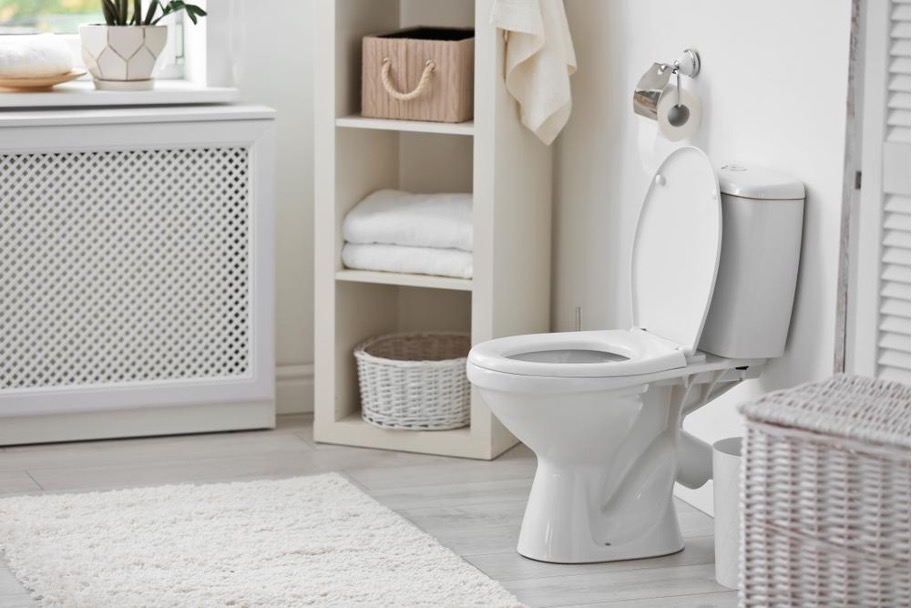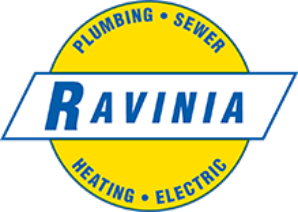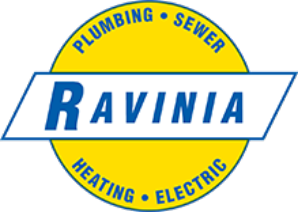
Toilets can last decades. Sure, you will have to replace some parts, but the toilet itself can have a long life. However, maybe you want a new toilet that does a little better at water conservation. Or a higher toilet as you age. Or maybe you just want to change things up. Of course, if you are adding or renovating a bathroom, or building a new house, you will be in the market for a new toilet. Here are some tips.
- One size does not fit all. Make sure the new toilet fits the space. Measure the distance from the wall behind the toilet to the center of the drainpipe or the bolts that attach the toilet to the floor. This is generally 12 inches but could vary. Make sure the toilet you buy fits these measurements.
- Toilet types. There are several types of toilets:
- One-piece toilets, where the bowl and tank are one seamless unit. These are easier to clean and can provide a sleek look.
- Two-piece toilets where the tank and bowl are bolted together. These may be cheaper than one-piece toilets but are harder to clean.
- Elongated toilets feature a larger bowl and seat, making them attractive for taller people.
- Round toilets are shorter, and wider, providing a contemporary look. They are also a nice option for a smaller bathroom, but may not be for you if you have trouble sitting and standing.
- Wall-hung toilets are very sleek and offer some added space under the toilet. But they may require extra plumbing work, adding to cost.
- Tankless toilets have no tanks and are usually found in commercial settings.
- Flow rate. Older toilets used 3.5 to 5.0 gallons of water per flush. Today, WaterSense-certified toilets use less than half that – 1.28 gallons per flush. Also note that some toilets feature two flush options – one for fluid waste at 0.8 gallons per flush and one for solid waste at 1.28 gallons per flush.
- Most toilets today have a seating surface that is 16.5 inches off the floor, higher than the traditional 14 to 15 inches. Some toilets, such as ADA-compliant toilets, have a 17-inch seating surface, making it easier to sit down and stand up. If you need the extra height, also consider a riser seat and grab bars.
- Flushing options. There are three flushing options:
- Gravity-fed toilets are the traditional toilets that rely on gravity to dump water from the tank into the bowl, which then sucks water down the sewer line. These only use as little as 10 pounds per square inch (PSI) of pressure. That makes them quiet, but they may clog more than other options.
- Pressure-assisted toilets use at least 35 PSI to blast water to cause the flush. While they may be noisier, they will clog less.
- Power-assisted toilets use a small electric motor to introduce pressure into a smaller tank.
- Toilet seats. In addition to standard seats, there are several other options (of course available to additional cost):
- Anti-microbial coatings that will reduce mold, odors, and mildew.
- Bidet-style seats that, in addition to providing the power of a bidet, may include pre-heated water, dual jets, air drying, and motion-activated lighting.
- Heated seats that use heating elements to warm the seat.
- Slow-close lids which eliminate the loud bang generated when the seat is closed quickly.
Contact Ravinia Plumbing for a New Toilet
The licensed plumbers at Ravinia Plumbing, Sewer, Heating & Electric can help you select and then install the right toilet for you. Our customers have relied on us since 1928 (that’s 96 years!) for quality products, knowledgeable technicians and superior service, including 24/7/365 emergency service. That is why we’ve made a name for ourselves as the most trusted plumbing, sewer, heating and air conditioning, and electrical companies in Chicagoland. Contact Ravinia Plumbing today to schedule a consultation.




